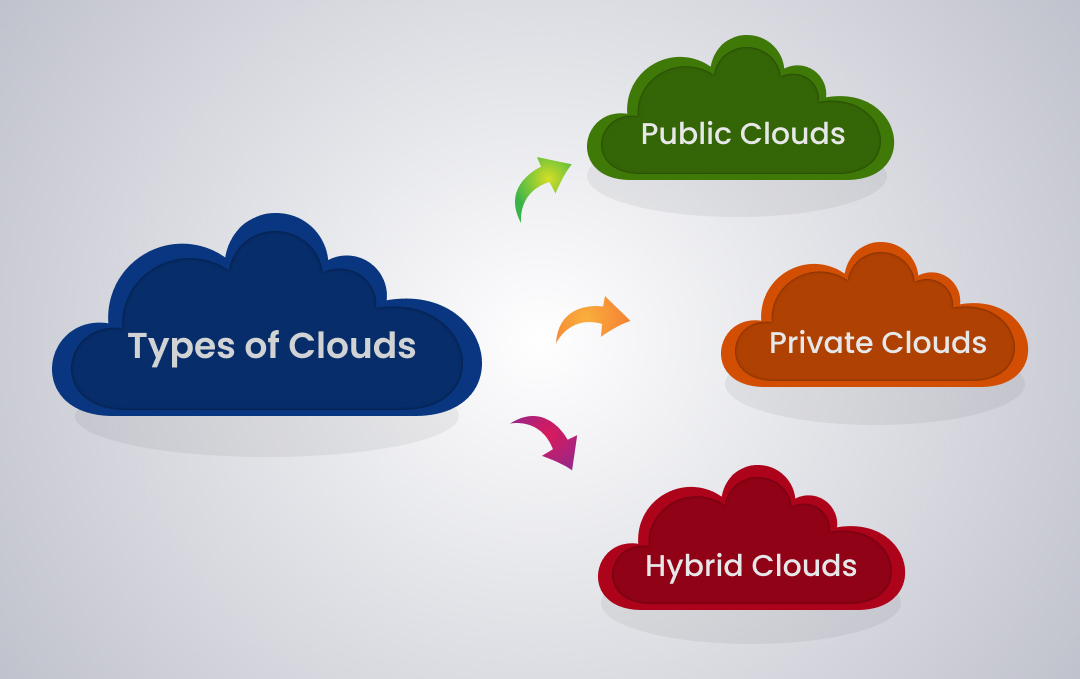LinkDaddy Cloud Services Proficiency: Advanced Approaches for Reliable Cloud Services Press Release
LinkDaddy Cloud Services Proficiency: Advanced Approaches for Reliable Cloud Services Press Release
Blog Article
Simplify Your Framework With Cloud Provider
As companies browse the ever-evolving landscape of innovation and data management, the function of cloud solutions in simplifying infrastructure has actually become significantly prominent. Exactly how can businesses properly navigate this change and genuinely unlock the capacity of cloud services for simplifying their framework?
Advantages of Cloud Solutions
Cloud services provide a streamlined technique to handling IT infrastructure, supplying businesses with flexibility, cost-efficiency, and scalability. One of the crucial advantages of cloud solutions is the scalability they provide.
Furthermore, cloud services get rid of the requirement for organizations to purchase pricey software and hardware. This cost-efficiency is a substantial advantage, especially for tiny to medium-sized enterprises seeking to minimize upfront costs. By utilizing cloud services, businesses can access top quality IT resources without the large cost connected with traditional framework arrangements.
In addition, cloud services provide businesses with the adaptability to access their information and applications from anywhere with an internet link. This level of ease of access boosts cooperation among teams, enables remote job, and boosts general efficiency. The flexibility provided by cloud services empowers organizations to adapt rapidly to changing market conditions and consumer needs.
Expense Cost Savings and Scalability
In enhancement to the operational benefits highlighted previously, the integration of cloud services into a company's infrastructure generates substantial cost financial savings and improved scalability. Cloud services offer a pay-as-you-go model, allowing companies to scale sources up or down based on existing needs, thus preventing the expenses connected with keeping excess ability. This flexibility makes it possible for firms to adapt quickly to fluctuating needs without incurring unneeded costs.
Additionally, cloud services remove the demand for upfront investments in equipment and software program, decreasing capital investment. Operating budget are likewise reduced as business no more require to handle and keep physical web servers, causing lower power usage and IT staffing costs. Additionally, cloud services provide automatic updates and upkeep, ensuring that the infrastructure stays safe and updated without needing hand-operated interventions.
Boosted Safety Procedures
Applying strict protection actions is vital when integrating cloud services into a company's infrastructure to ensure and guard sensitive information conformity with sector policies. Cloud provider offer enhanced security functions such as data security, firewall program security, and multi-factor authentication to alleviate cybersecurity threats. File encryption aids safeguard data both at remainder and en route, ensuring that only licensed individuals can access delicate details. Firewall programs serve as an obstacle between external risks and internal networks, monitoring and managing outbound and incoming network web traffic. Multi-factor authentication adds an extra layer of security by calling for users to provide numerous types of confirmation prior to accessing the cloud services.
In addition, normal security audits and conformity assessments help Continue recognize susceptabilities and guarantee adherence to industry standards. Companies can likewise gain from attributes Click Here like automated safety updates and real-time threat monitoring offered by cloud company. By prioritizing security measures and staying aggressive in resolving potential dangers, organizations can confidently leverage cloud services while shielding their valuable information from unauthorized access or breaches.
Transitioning to Cloud Facilities
To successfully incorporate cloud services into a business's infrastructure, a structured strategy that attends to the shift towards cloud-based options is critical. Transitioning to shadow facilities involves mindful preparation and execution to ensure a smooth migration procedure - universal cloud Service.
As soon as the assessment is full, a migration approach must be developed. This strategy needs to outline the timeline, sources, and obligations for relocating each part to the cloud. It is crucial to interact this strategy clearly to all stakeholders to ensure alignment and lessen disturbances during the change.
During the migration screening, tracking and process are critical to determine and address any kind of issues immediately. Regular checkpoints need to be developed to track progression and make required changes. In addition, training for staff members on utilizing cloud services ought to be offered to make sure a successful transition and maximize the benefits of the new framework.
Best Practices for Cloud Fostering
Successful fostering of cloud services rests on the tactical alignment of organization purposes with technological abilities and organizational readiness. To ensure a smooth transition to the cloud, companies ought to begin by carrying out an extensive assessment of their present facilities and identifying which work are best matched for cloud migration. It is important to involve crucial stakeholders from different departments in the decision-making process to gain buy-in and resolve any kind of issues early on.
Another finest method for cloud adoption is to focus on security and conformity. Organizations should carefully evaluate the protection procedures provided by cloud service carriers and make sure that their information is safeguarded according to industry requirements and governing needs. Implementing durable information security, access controls, and normal safety and security audits can aid reduce risks linked with cloud adoption.

Conclusion

As organizations navigate the ever-evolving landscape of technology and data monitoring, the function of cloud solutions in simplifying infrastructure has actually come to be significantly popular - universal cloud Service. Exactly how can services properly navigate this shift and really unlock the possibility of cloud services for simplifying their framework?
Cloud solutions offer a structured technique to handling IT infrastructure, giving services with cost-efficiency, scalability, and versatility. By making use of cloud services, services can access top notch IT sources without the large price tag linked with conventional facilities configurations.
To ensure a smooth shift to the cloud, organizations need to start by conducting a detailed assessment of their existing infrastructure and identifying which work are best matched for cloud movement.
Report this page